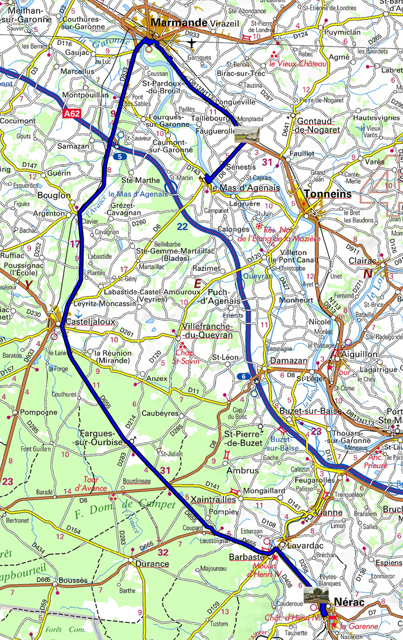
Monday, June 06, the Val de Garonne circuit proposed by the Green guide concealed two nuggets, one in the Notre-Dame de Marmande church, the Renaissance cloister and its French garden, not to mention a 17th century burial as well as an altarpiece of St. Benedict; the second nugget in the church of Saint-Vincent in Mas-d'Agenais is nothing less than a painting by Rembrandt (1631) representing the Crucifixion of Christ as well as interesting capitals. I found a bivouac in the parking lot of the Fauguerolle stadium.
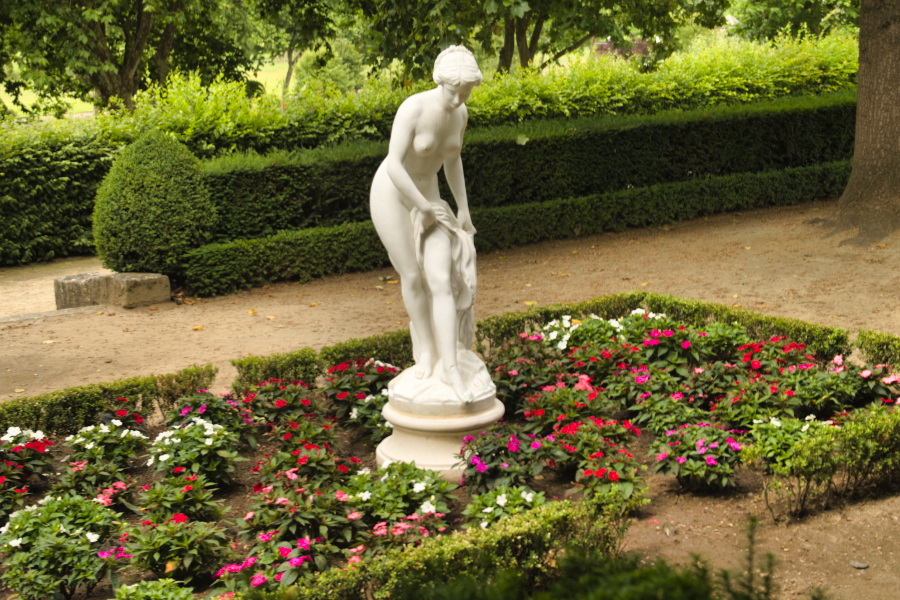
|
| Maison médiévale |

Tuesday, June 07, I first visited the bastide village of Monflanquin. A bastide is a village created in the Middle Ages from the 13th to the 14th century in the South-West of France to trade between cities. Originally it was fortified, with a church and an orthogonal street pattern. Monflanguin is a good example. During my morning visit, before 10:00 a.m., the businesses were closed. I continued on my way to the castle of Bonaguil which was the property of Bérenger de Roquefeuil. Of course it suffered the vicissitudes of the history of France, hundred years war with the English, war of religion and finally sold by the convention in 1799. Then it passed from hand to hand to be bought by the commune of Fumel in 1860. The visit was difficult on the steep access path to the castle then by climbing the stairs which have seen thousands or even millions of people pass since the 13th century. I bivouacked in the parking lot of Lidl, no jealous I change supermarket!
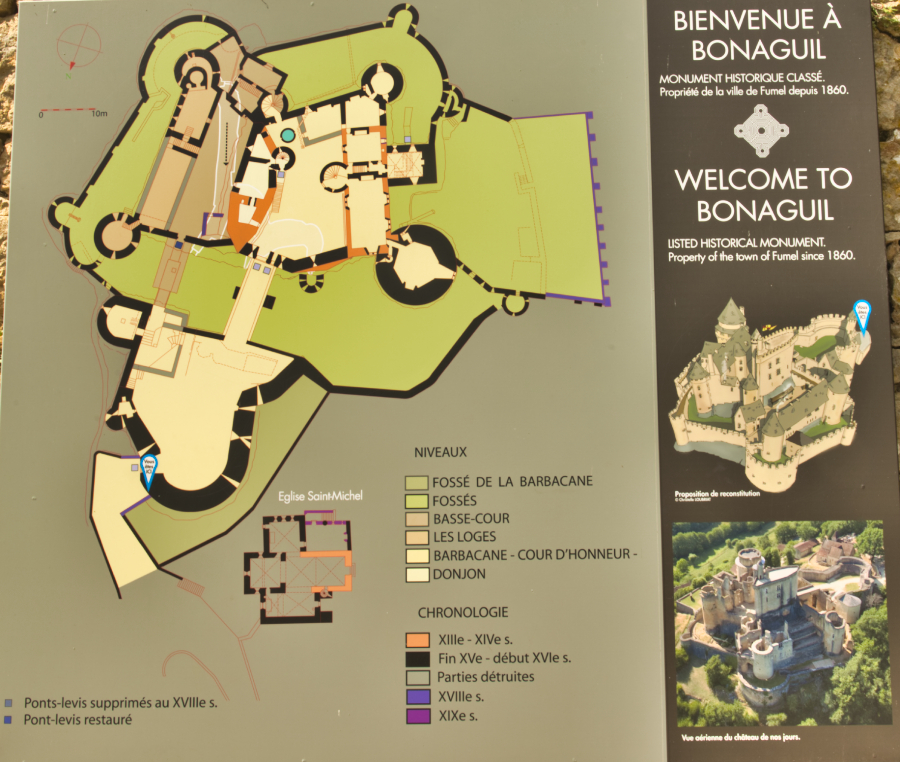
|
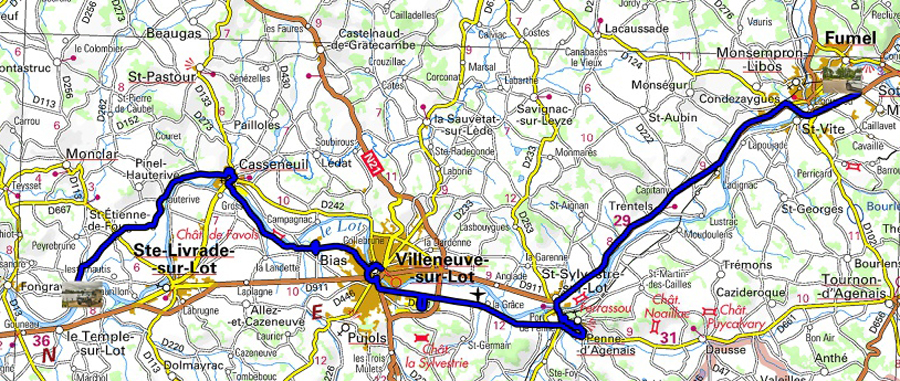
Wednesday, June 08 it rained all night and the rain persisted all morning. When I arrived in Villeneuve-sur-Lot the rain was intermittent, making the visit unpleasant. Of course, as in medieval towns, there was an old bridge (Pont des Cieutat), originally made of wood, which was destroyed several times during the Lot floods. Finally it was rebuilt in stone and completed in 1289. At the end of the bridge, the Notre-Dame-du-Bout-du-Pont chapel offers a modern stained glass window. While walking I reached the Tower of Pujols southern entrance of the city of the Middle Ages, the ramparts disappeared destroyed by modern times. Back I took a look at the hall from 1864. The next step was the village of Bias with amazing paintings from 2009. Finally in Fongrave a sculpted oak altarpiece presents twists of vine shoots. On leaving I saw an exceptional location on the banks of the Lot, I could not resist putting my truck down for a peaceful bivouac in the rain.
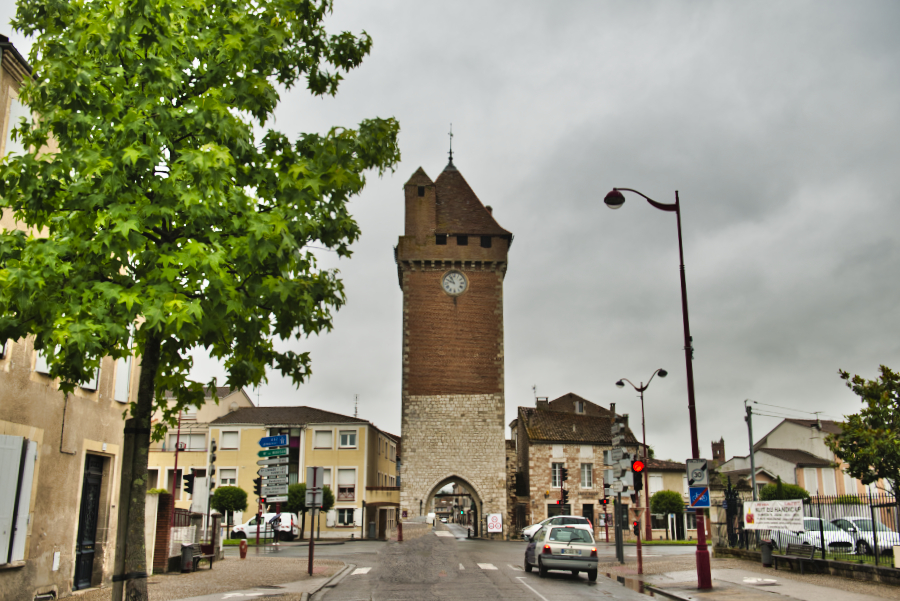
|
| Pujols tower |
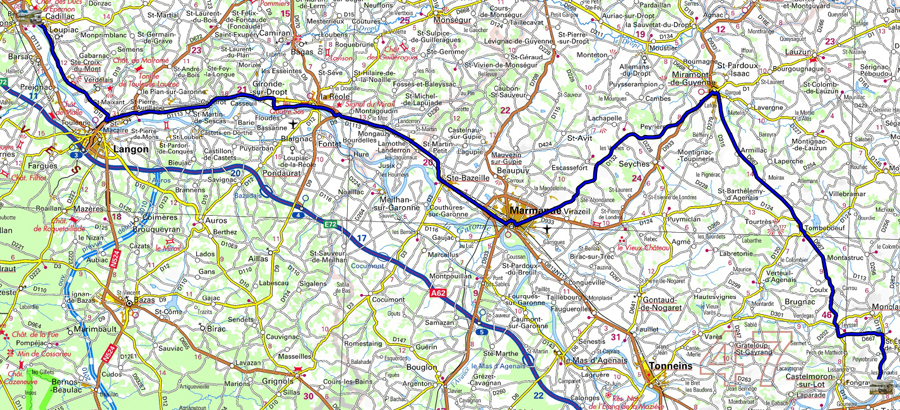
Thursday, June 09 was a liaison stage approaching Bordeaux, traveling through rural France on departmental roads with chaotic surfaces for the shock absorbers of the truck at the end of their life, certainly with tires inflated to 3.0 bars which were also at the end of their life. When returning home, preparing the truck for the next trip will be important. As usual I looked for a bivouac at the edge of the water which I found at Cadillac on the banks of the Garonne river. Before leaving Fongrave a swan was looking for its food and a group of paddleboards were cautiously splashing on the Lot, horned by a thundering instructor.
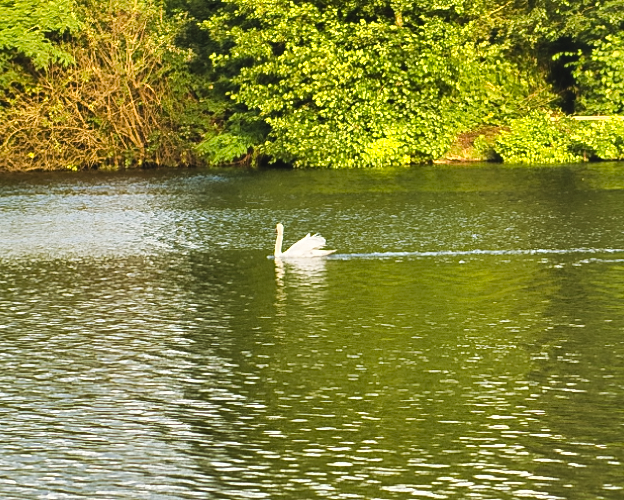 |
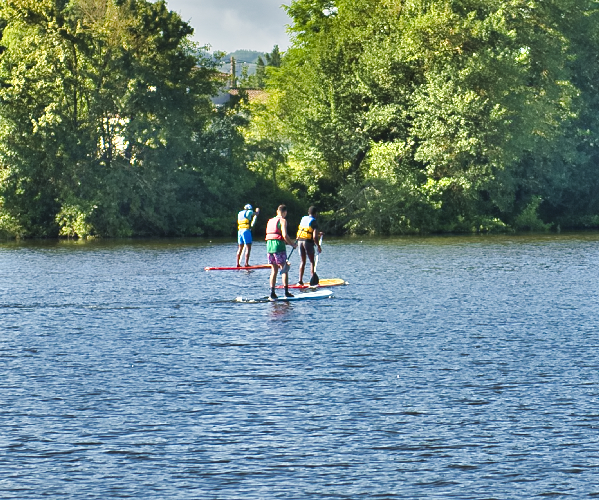 |
| Fongrave, edge of Lot river | |
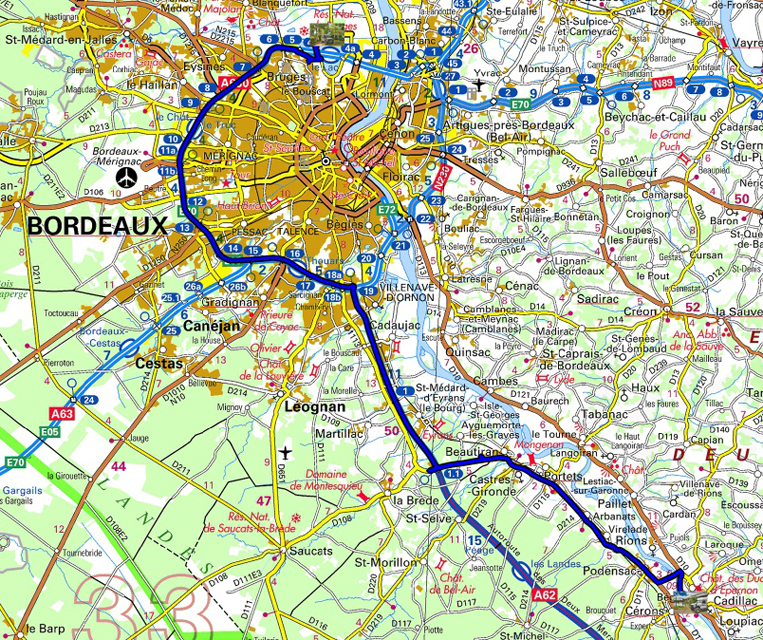
Friday June 10, last step to reach the Bordeaux Lac campsite where I had taken a reservation for five days from Friday June 10 to Wednesday June 15 in the morning to calmly visit the city of Bordeaux.
On Saturday June 11, the temperature rose to 31°C and in the coming days it is expected to reach 34°C. To visit Bordeaux from the campsite, you have to take bus 73 then Tram C at the Parc des Expositions. Left at 8:30 am I arrived at Place de la Bourse around 9:10 am. The return was more rock'n'roll. Tomorrow Sunday the frequency of the two means of transport is greater and more random to coordinate them. I followed the circuit n°1 proposed by the Green guide, of course by taking shortcuts. What was my surprise to discover that some museums are either closed on Sundays, Mondays and even Tuesdays; Why make it simple when you can make it complicated. In addition, the Aquitaine Museum had its elevator under maintenance! Only religious buildings are open to shoppers and on one level. I could sit in a contemplative silence bathed in the smell of incense. The architecture of the buildings of Bordeaux has nothing to envy to that of Baron Hausman in the 19th century with a notable difference that Bordeaux was built by the bourgeois enriched by the triangular trade, that is to say by slavery, wood precious from Africa and the wines of Bordeaux. Certainly it is not my intention to redo history a posteriori. I am not a revisionist, a country must assume its history.
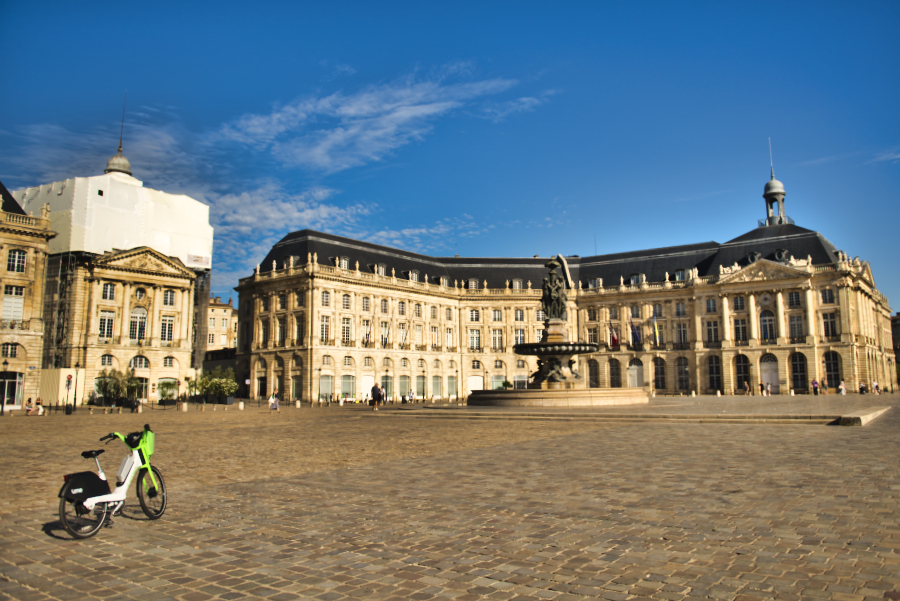
|
| Place de la Bourse |
Sunday, June 12, of course public transport has a timetable for non-working days except for bus and tram drivers. So I left the Bordeaux Lac campsite by bus at 9:20 a.m. then I continued with the tram which dropped me off at Place de la Bourse around 10:00 a.m. Unfortunately, the rain only appeared with a few drops, only happiness, which did not last long. I went to Place Pey-Berland, where the statue of Jacques Chaban-Delmas, the former mayor of Bordeaux for many years, sits majestically to see the Pey-Berland Tower without climbing the 229 steps of the spiral staircase to reach the top with stunning views of the old town. I was visiting Saint-André Cathedral before the religious service began. Its vessel is spectacular with the particularity that the nave of the choir is higher than the rest of the building. The bedside table is remarkable for its harmonious proportions. A buttress between the axial chapel and the adjoining chapel exposes Thomas, patron saint of architects with a square and next to Marie Madeleine with her perfume vase. I passed in front of the sumptuous Palais de Rohan which houses the Town Hall, republican regime obliges, not open to visitors on this voting day. The Museum of Fine Arts is housed in the outbuildings of the Palais Rohan. I only visited the rooms dedicated to 19th and early 20th century painting. I give an overview of some works by national painters knowing that the majority of the paintings were executed by local painters. I ended my journey by the Saint-Bruno church during the religious office, without wandering around the building. I returned to the campsite by chaining the two public transport without difficulty.
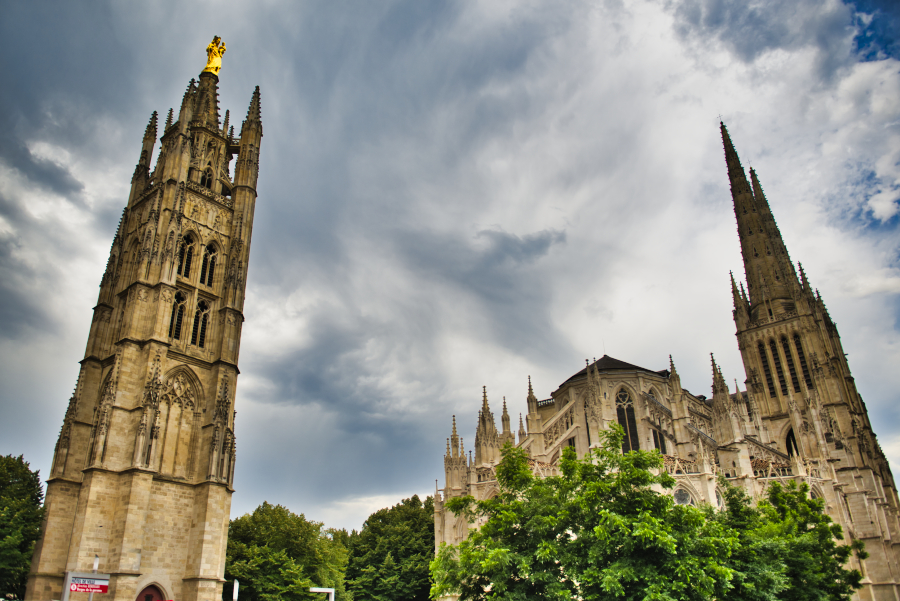
|
| Tour Pey-Berland & Chevet de la cathédrale Saint-André |
Monday, June 13 I traveled the circuit-n°3 of the Green guide, but on Monday many monuments are closed. It was therefore a street-view tour of the most beautiful streets of old Bordeaux. On the Esplanade des Quinconces the statues of the two greatest philosophers of this time, Michel de Montaigne and Charles Louis de Montesquieu, the first was several times mayor of Bordeaux and the second member of the parliament of Bordeaux. A little further on, a very tall column is surmounted by a Statue of Liberty breaking her irons and at the foot two bronze fountains complete this ensemble erected in memory of the Girondins beheaded during the revolution in 1792. Place de la Comédie is the heart of the most beautiful districts of Bordeaux with the Grand Hôtel de Bordeaux and the Grand Théâtre with the Colonne des Girondins in perspective. The Notre-Dame church was closed. I joined the Cours de l’Intendance by the passage Sarget and its glass roof. Strolling, euphemism to hide the fatigue of my lower limbs, along the Cours de l'Intendance I immortalized for my pleasure some building facades characteristic of the 18th century. The last shot of Bordeaux will be dedicated to the Statue of Liberty crowning the column of the Girondins.
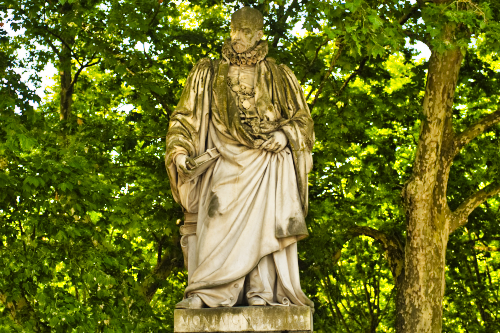
|
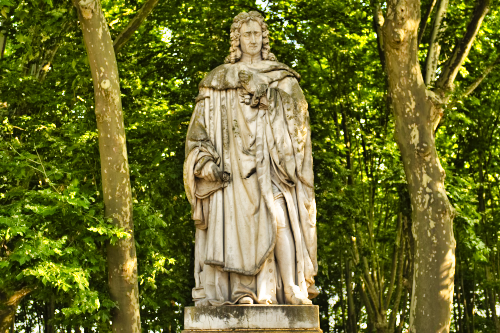
|
| Michel de Montaigne (1533-†1592) Hyperlink | Charles Louis de Secondat, baron de La Brède et de Montesquieu, (1689-†1755) Hyperlink |
After three days of walking to visit Bordeaux, Tuesday June 14 was a rest day at the Bordeaux Lac campsite to recover from accumulated fatigue, clean up the truck, do the laundry and prepare for the rest of the trip, eliminating the visit to the Bordeaux vineyards and in particular the city of Saint-Emilion "which can be explored on foot...with comfortable shoes, because the streets are cobbled and steep", commentary by the Green Guide. Bordeaux is a magnificent city listed as a UNESCO World Heritage Site, hyperlink. The historic center is made up of 18th century buildings in blond stone built thanks to the triangular trade. Its architectural evolution in postmodern times is less fortunate, probably due to financial constraints. The management of the metropolis by the political ecology of the town hall must be carefully monitored in the years to come.